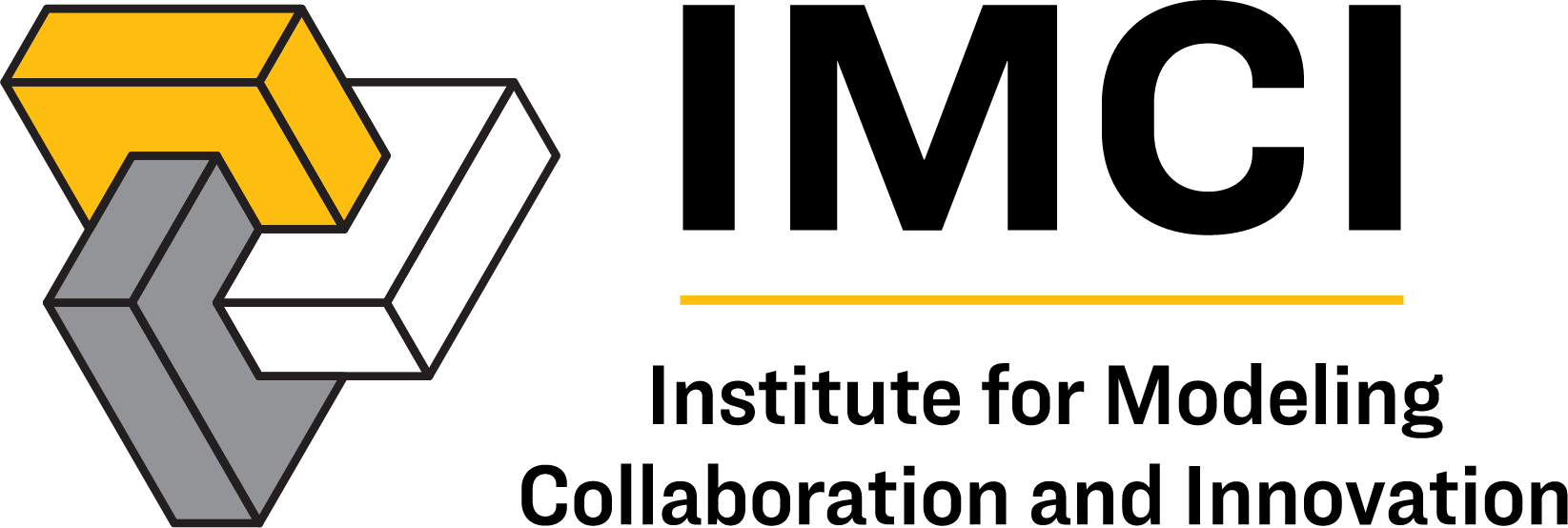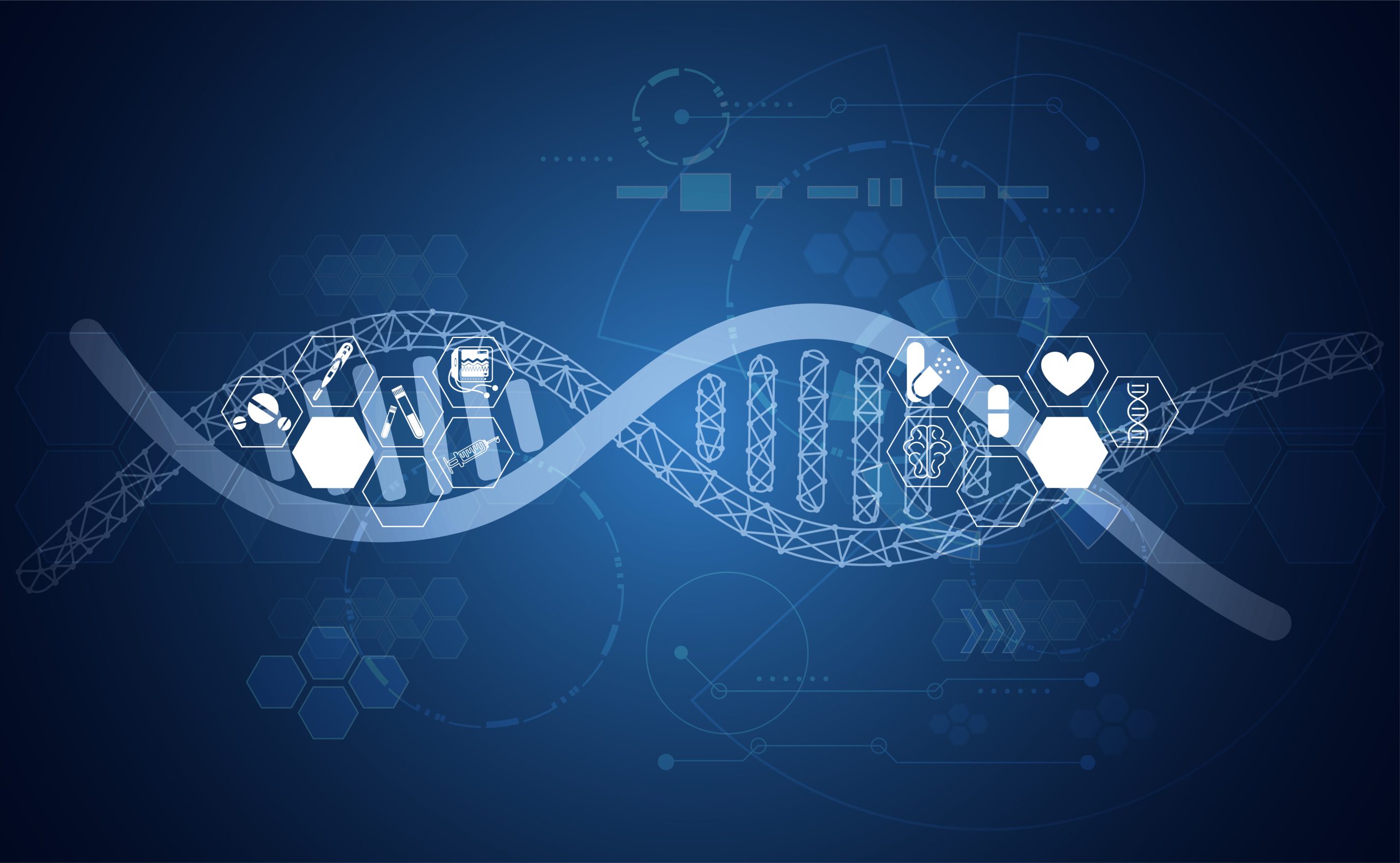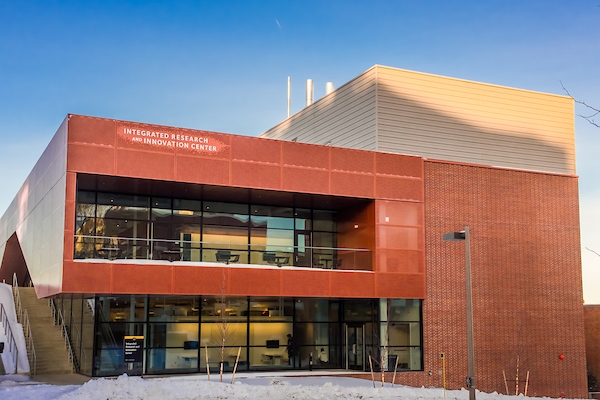Project 3: Agent-Based Modeling of Co-Infection
Project Director: Bert Baumgaertner
Project Team: Joseph DeAguero
How pathogens spread through a population can be complicated by a number of factors. One of them is pathogen interaction during co-infection. Here infection by one pathogen can change host susceptibility to a second, or being co-infected can change a host’s infectivity compared to a singly infected host. A second factor is that infection can alter behavior both for biological reasons—for example, when sickness makes a host-less active—and, in humans especially, for social reasons—when, for example, sick people self-isolate. These behavioral responses, in turn, change the patterns of interactions that drive transmission dynamics. A third closely related factor is that patterns of spatial aggregation around environmental features like food and water, or for humans, institutions like schools and home, can create an intricate network of interactions that strongly affect how infections spread. This project will focus on how the transmission dynamics of the population are affected by the interactions of co-infecting pathogens, the environment, and social factors that influence behavior. The main approach to this research makes use of agent-based modeling, a computational framework comprised of individuals, an environment, and rules for how individuals interact with the environment and each other.






